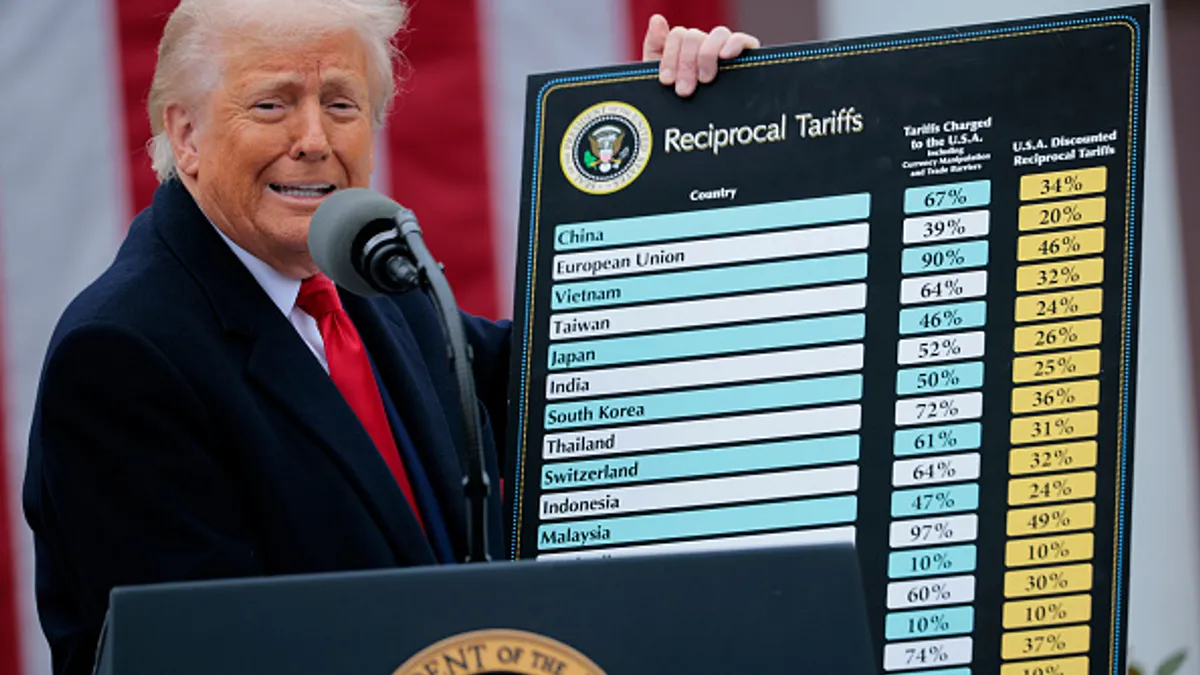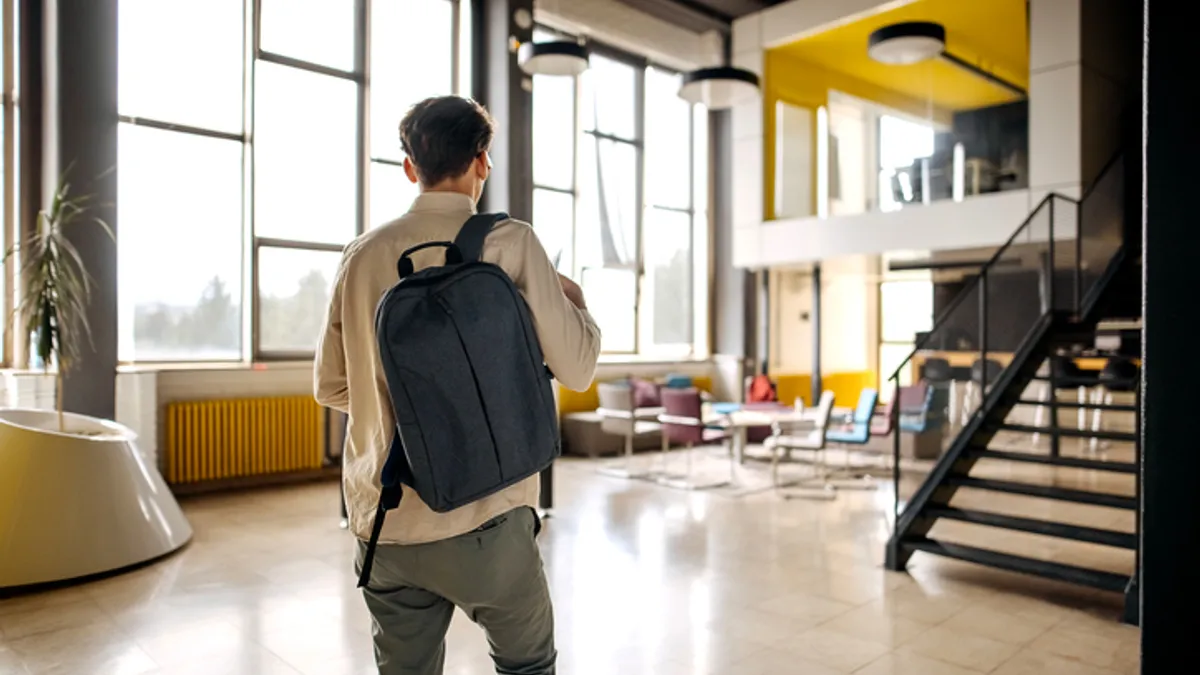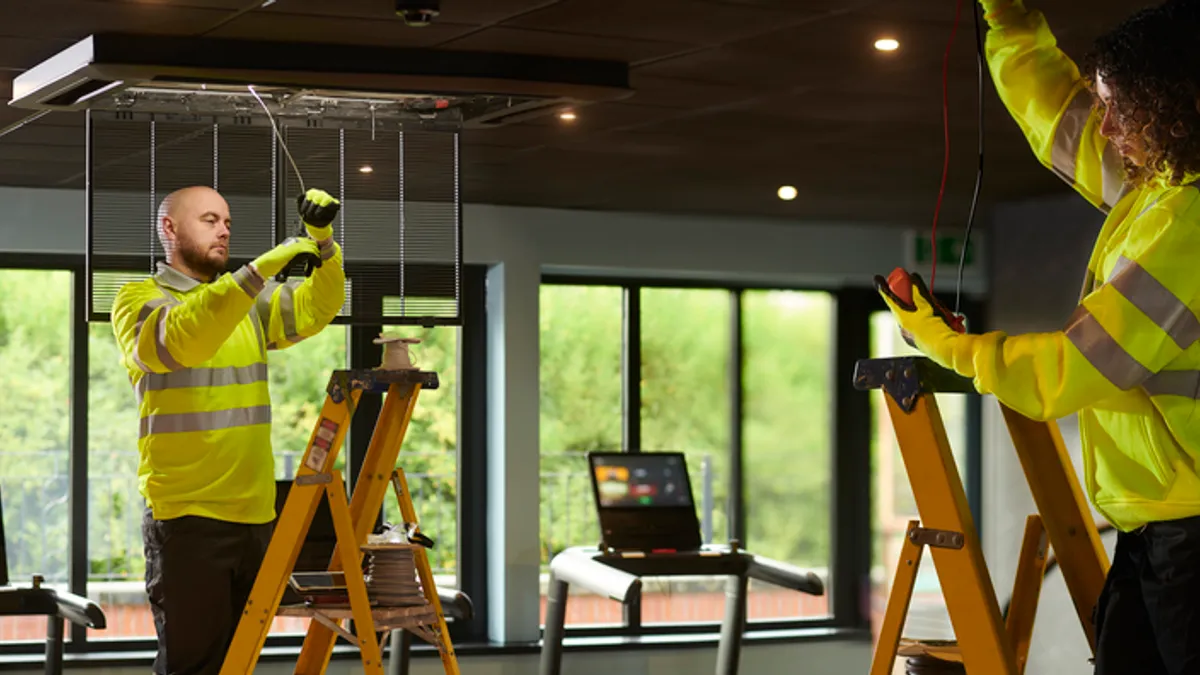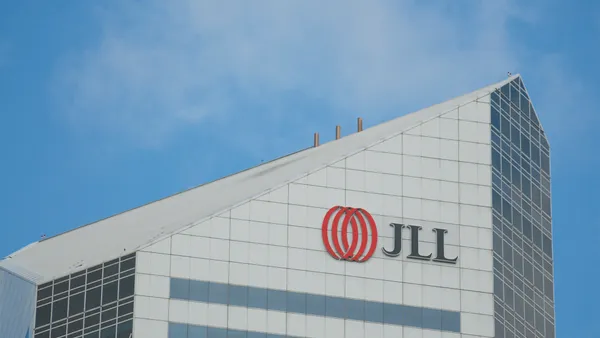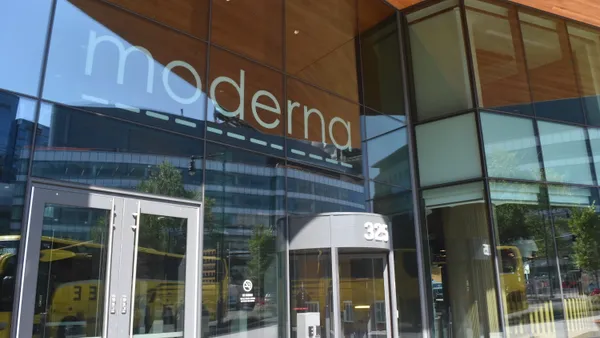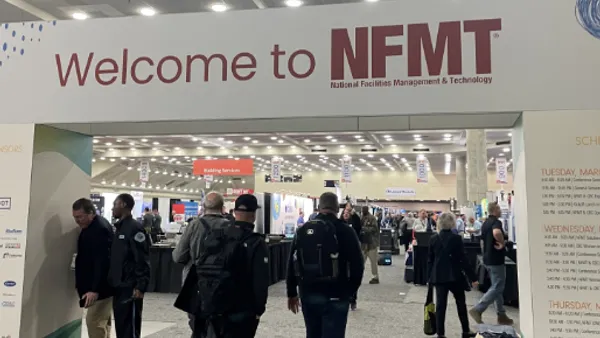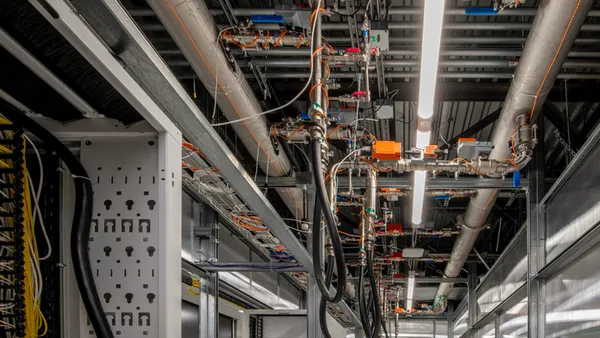The tariffs the Trump administration announced on Wednesday will lead to higher costs on building materials and HVAC, plumbing and electrical equipment — all sectors of the economy integral to facilities operations, according to industry analyst estimates.
Building material companies, including Masco and Shaw, have either already raised prices in anticipation of the tariffs or are slated to do so, and appliance makers like LG and Whirlpool are doing the same, Bank of America analysts Rafe Jadrosich and Shaun Calnan say in a client note reported by Fortune.
These preemptive actions give the companies “flexibility in a dynamic trade policy environment” by priming their customers for higher costs the companies are likely to face as a result of the tariffs, the analysts say.
“This is what some economists warned about,” the Fortune report says. “In the face of higher costs caused by Trump’s tariffs, companies would pass those costs on to consumers.”
Underlying the price changes are increases in the cost of commodities important to commercial properties, like steel, copper and natural gas, which are used for appliances, plumbing and flooring.
“The new tariffs … are expected to drive up the already elevated cost of building materials,” data analytics firm Zonda said in the Fortune report.
HVAC systems are almost certainly going to be impacted, says Alex Ayers, vice president of government affairs at Heating, Air-conditioning and Refrigeration Distributors International.
"With President Trump’s announcement of tariffs on eight of the top 10 exporters of HVACR and water-heating equipment to the United States going as high as 46%, we expect to see price increases passed on to consumers," Ayers said in a statement reported by ACHR News.
The White House said the U.S. is imposing an across-the-board 10% tariff on all countries and adding additional tariffs on top of that on countries based on how much in tariff and non-tariff restraint of trade the countries are said to impose on the United States. Based on information the White House provided, countries in Asia will generally be among those hardest hit. China, for example, will face a tariff of 34%, Taiwan, 32%; Japan, 24%; and Vietnam, 46%. These countries supply many products, parts and materials the building products and appliance industries use.
Because China and Taiwan are major importers of electronics, and most of the world’s computer chips come from Taiwan, even HVAC manufacturers that assemble units in the U.S. will pay more for some components and are more than likely to pass those costs onto customers, ACHR reported.
Products and materials from Canada and Mexico are also critical for the sector and face 25% tariffs on goods that aren’t covered by the United States-Mexico-Canada agreement, such as steel and aluminum.
The suite of tariffs the Trump administration announced amounted to a “worst-case scenario” relative to expectations in the run-up to the announcement, Diane Swonk, chief economist at KPMG, said in a Wall Street Journal report.



